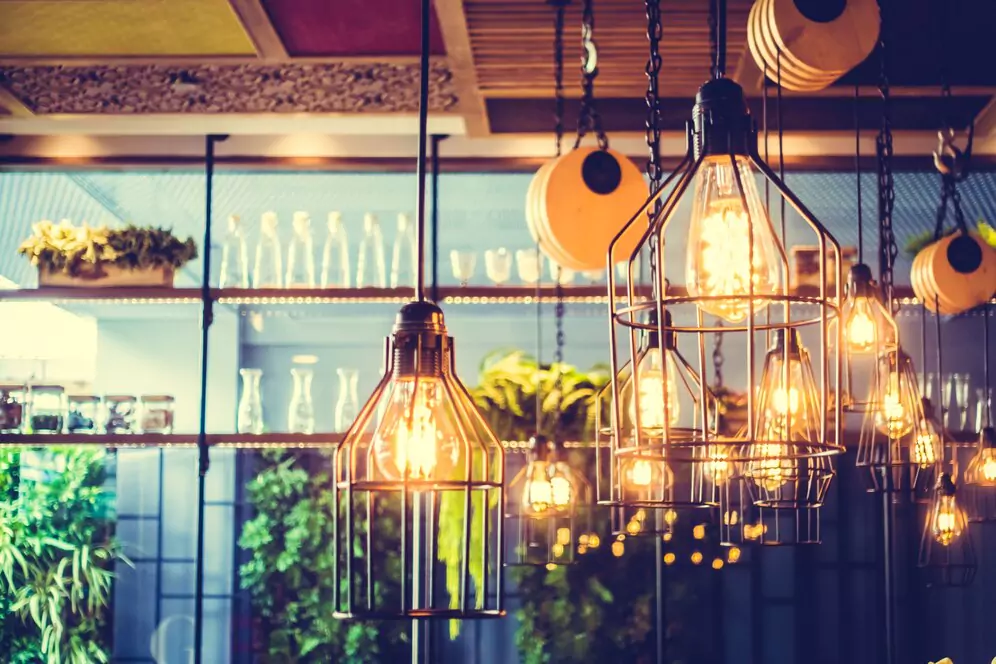Introduction: The Benefits of Indoor Plants
Indoor plants have surged in popularity due to their aesthetic appeal and numerous health benefits. They not only add beauty but also enhance air quality by absorbing carbon dioxide and releasing oxygen. Additionally, they excel in removing indoor toxins like formaldehyde and benzene. Moreover, indoor plants have a soothing effect, reducing stress, anxiety, and improving overall well-being.

However, some spaces may not receive adequate natural light, making it crucial to select plants that thrive in low light conditions. In this guide, we’ll explore the significance of low light conditions for indoor plants, discover the top 10 low light indoor plants that flourish even in minimal sunlight, and learn how to care for and propagate these green companions.
Understanding Low Light Conditions for Indoor Plants
Low light conditions refer to areas that receive minimal or indirect sunlight due to factors like small windows, tall buildings, or room orientation. These conditions can significantly affect plant growth, as some plants require more light for photosynthesis. However, several plant varieties have adapted to thrive in low light settings, making them excellent choices for such environments.
Low light conditions can be further divided into indirect natural light (e.g., north-facing rooms) and artificial light (e.g., fluorescent or LED lights). Understanding these conditions is essential when selecting suitable plants.
Top 10 Low Light Indoor Plants
- Snake Plant (Sansevieria): Known for its air-purifying qualities, the snake plant is highly adaptable to low light conditions, with striking upright leaves in various shades.
- ZZ Plant (Zamioculcas zamiifolia): This plant is perfect for beginners, with glossy, dark green leaves that thrive in low light and require minimal care.
- Pothos (Epipremnum aureum): Featuring heart-shaped leaves in various shades, pothos is a versatile trailing vine suitable for low light settings.
- Chinese Evergreen (Aglaonema): With large, glossy leaves in different colors, Chinese evergreen is an air-purifying plant that thrives in low light.
- Peace Lily (Spathiphyllum): Known for its elegant white flowers, the peace lily can bloom year-round in low light conditions.
- Cast Iron Plant (Aspidistra elatior): As its name suggests, this plant is resilient and can endure neglect while flourishing in low light settings.
- Spider Plant (Chlorophytum comosum): Ideal for beginners, spider plants are easy to care for and can tolerate low light conditions.
- Dracaena (Dracaena spp.): Dracaenas come in various shapes and colors, adding drama to low light spaces and purifying the air.
- Philodendron (Philodendron spp.): Philodendrons are known for their heart-shaped leaves and adaptability to low light conditions.
- Boston Fern (Nephrolepis exaltata): These delicate, feathery fronds thrive in low light and high humidity, making them suitable for bathrooms and kitchens.
How to Care for Low Light Indoor Plants
Caring for low light indoor plants requires special attention due to reduced light availability:
- Monitor soil moisture: Check the soil moisture regularly and water when the top inch of soil is dry. Avoid overwatering, as low light conditions slow down soil drying.
- Provide adequate humidity: Many low light plants thrive in high humidity environments. Increase humidity by placing a tray of water nearby or using a humidifier.
- Prune regularly: Pruning helps maintain healthy growth and prevents leggy or overcrowded plants. Remove dead or yellowing leaves and reorient stems if needed.
- Repot when necessary: Repot when roots become crowded or the soil no longer drains properly. Choose a slightly larger container with drainage holes.
Choosing the Right Potting Soil and Containers for Low Light Plants
Selecting the correct potting soil and containers is crucial for your low light indoor plants:
- Potting soil: Choose well-draining potting soil designed for indoor plants. Avoid heavy clay-based soils, as they can lead to root rot.
- Containers: Opt for containers with drainage holes to prevent waterlogging. Terracotta pots are porous and help regulate soil temperature, while plastic pots retain moisture well.
Watering and Fertilizing Low Light Indoor Plants
Proper watering and fertilizing are vital for low light indoor plants:
- Watering: Water when the top inch of soil is dry. Ensure thorough watering until water drains from the pot’s bottom, and empty the saucer to prevent overwatering.
- Fertilizing: Use a balanced, water-soluble fertilizer at half the recommended strength during the growing season (spring and summer). Reduce fertilization in the dormant season (fall and winter).
Propagating Low Light Indoor Plants: Tips and Tricks
Propagation allows you to expand your plant collection without purchasing new ones. Here’s how to propagate low light indoor plants:
- Stem cuttings: Take healthy stem cuttings, remove lower leaves, and place them in water or moist potting soil until roots develop.
- Division: Separate clumps of plants into sections, each with its own roots and leaves, and transplant them into fresh soil.
- Leaf cuttings: For succulents and plants with fleshy leaves, allow a leaf to dry, then place it on moist soil. New plantlets will grow from the leaf base.
Decorating with Low Light Indoor Plants: Ideas and Inspiration
Enhance your space by incorporating low light indoor plants:
- Hanging baskets: Use hanging baskets to display low light plants and add visual interest to your home.
- Shelving and stands: Arrange plants on shelves or stands to create appealing green displays.
- Grouping: Cluster plants together to create a lush, inviting atmosphere.
- Terrariums: Create mini ecosystems in glass containers with low light-loving plants.
- Plant stands: Elevate your plants on stylish stands to draw attention to their beauty.
Low light indoor plants are versatile and can thrive in spaces where natural light is limited. By choosing the right plants, providing proper care, and incorporating them into your decor, you can